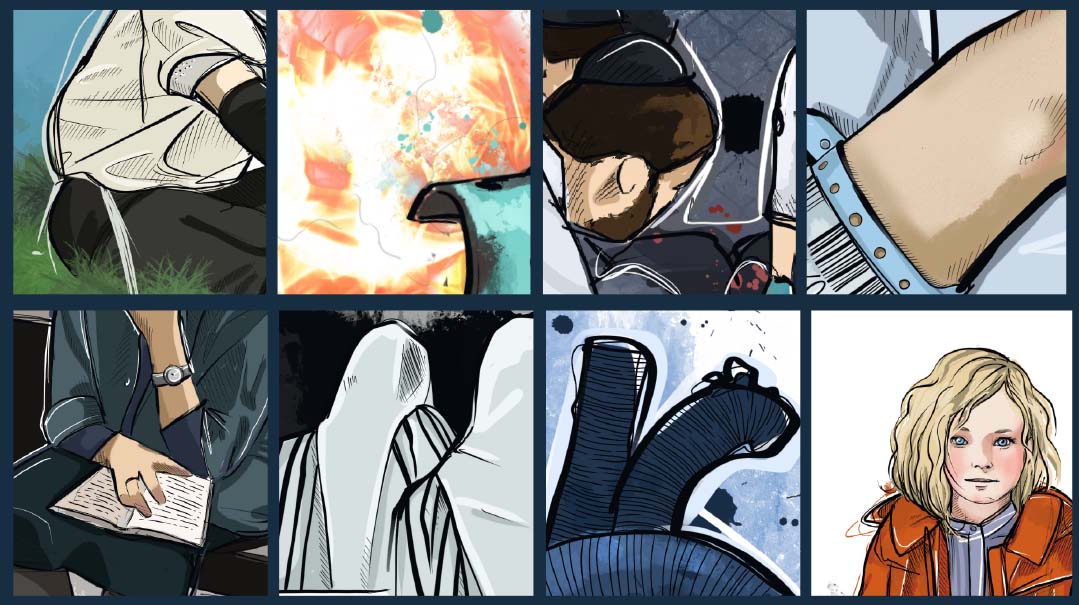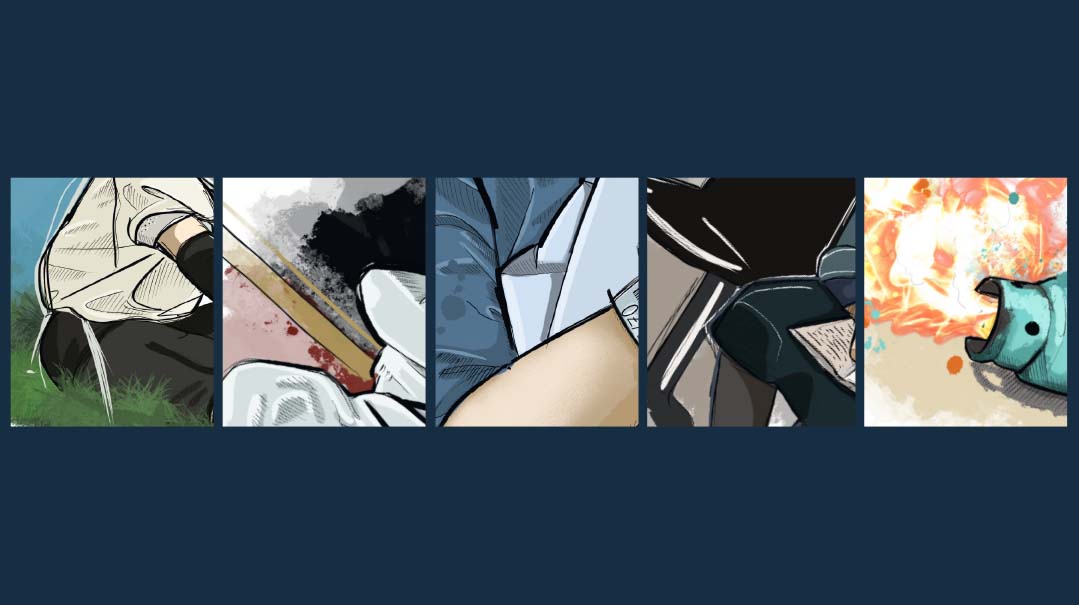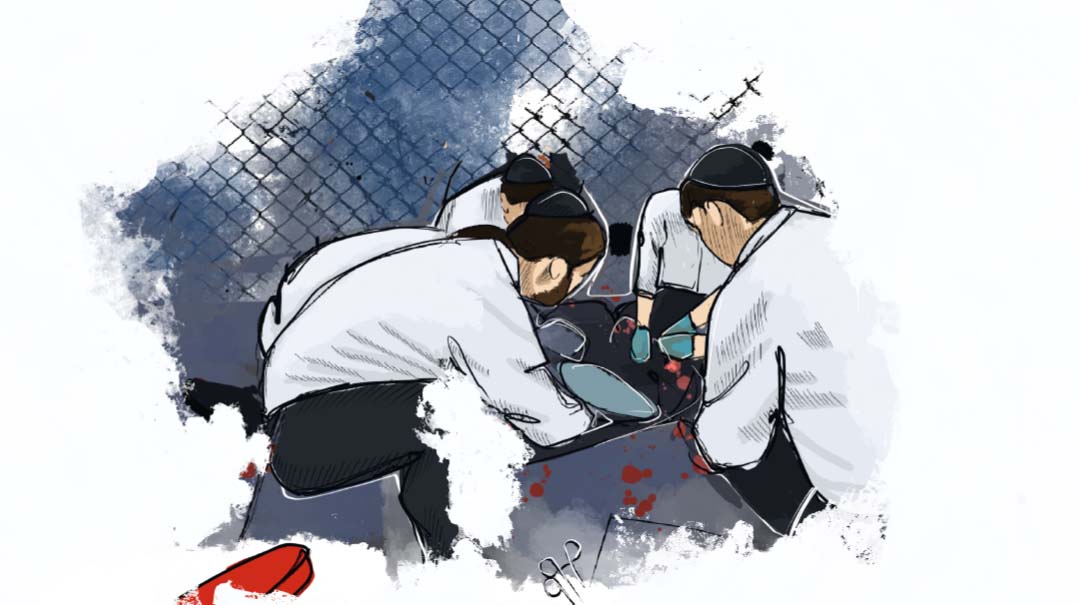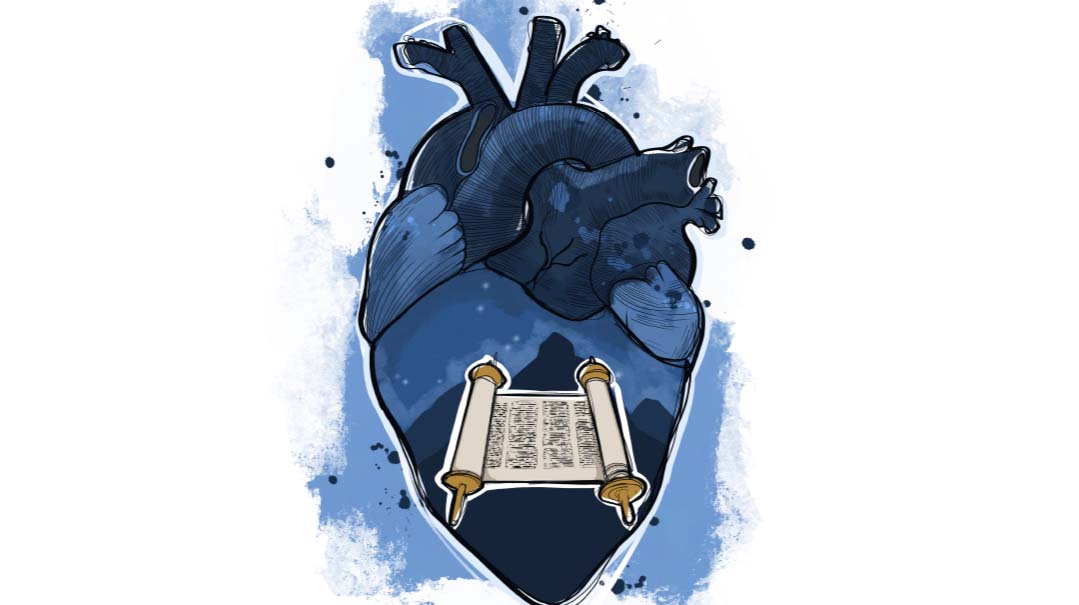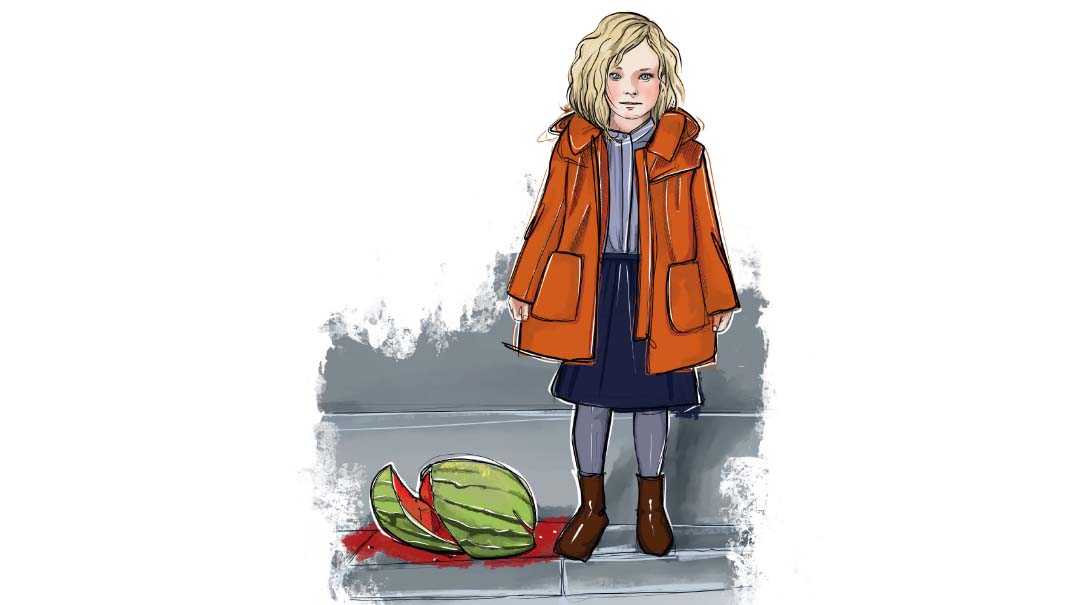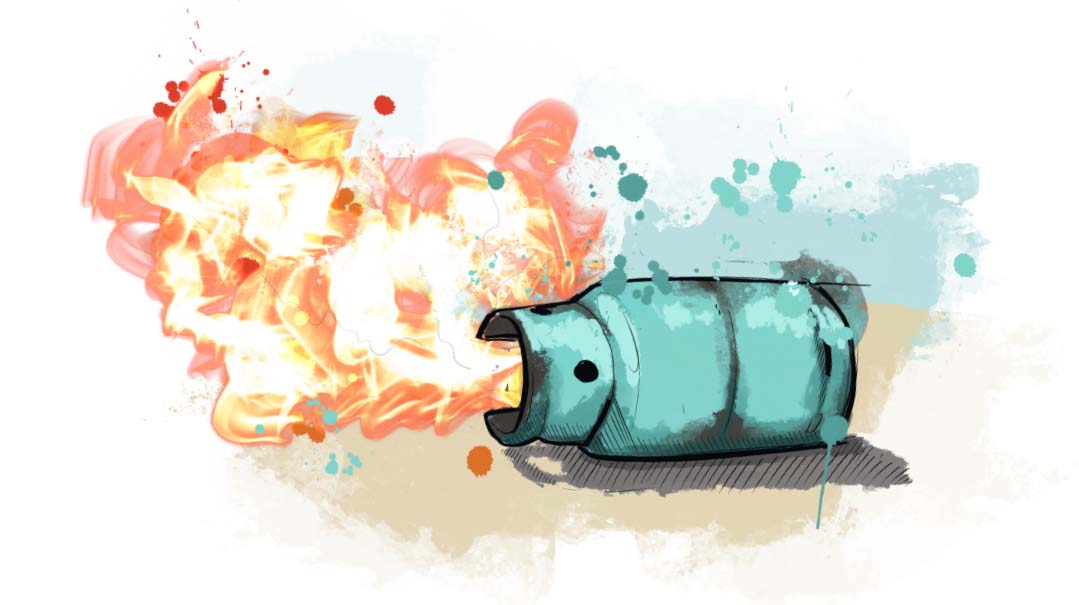A Leg Up
| November 30, 2021Within minutes, the room was filled with more doctors and nurses — but no one knew how to proceed
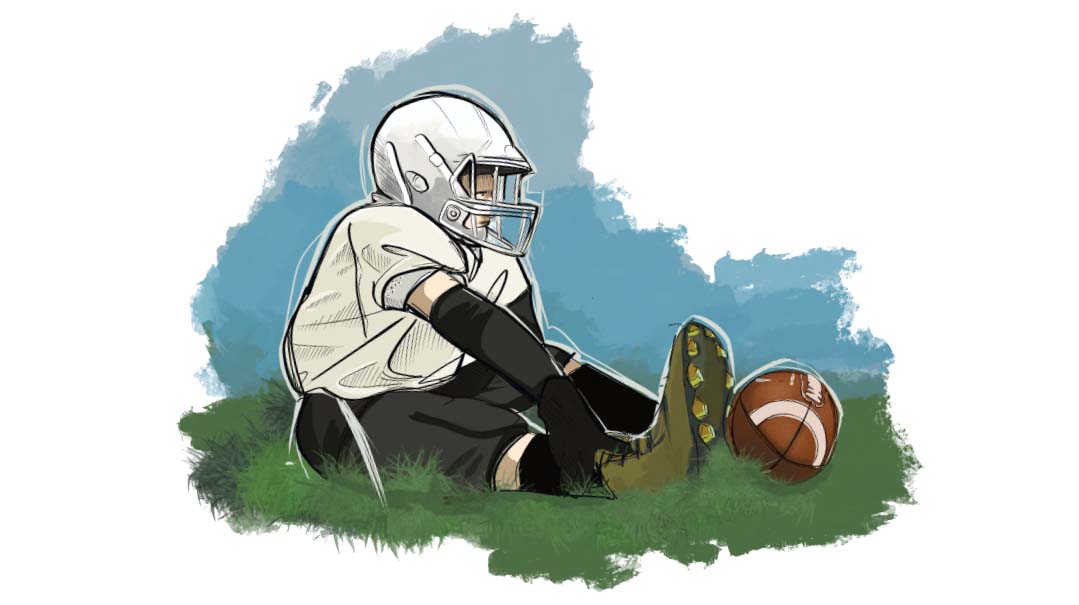
"Make yourself a coffee and come to my house — it’s going to be a long night”
One cool Wednesday evening in November, my son Dovid was playing football in the Ner Israel field with a bunch of his classmates after night seder. While he was running after catching a pass, one of the boys bumped into him. Dovid, who was in 11th grade at the time, felt like he had bruised his left leg — but to his surprise, he realized he couldn’t move it. At all.
Thinking (hoping?) it was nothing, and maybe trying to protect his image, Dovid said he would just sit out the next few plays. The competitor in him still wanted to finish the game, and after five minutes, he went back in to play.
But hours later, Dovid was still in severe pain, so his good friend Boaz Bachrach insisted that Dovid go to the campus doctor, Dr. Yoel Jakobovits. Boaz even took the time to accompany him to the doctor’s house.
That’s when I received a call.
“Dovid got hurt,” said Dr. Jakobovits, who is also a gastroenterologist here in Baltimore. “Make yourself a coffee and come to my house — it’s going to be a long night.”
My stomach dropped. I did what he said, coffee and all.
When I got there, Dr. Jakobovits handed me a prescription slip.
“Go straight to the hospital,” he instructed. “Give this to every nurse or doctor who sees Dovid. And make sure to take the paper back, so you can show it to the next doctor.”
Dr. Jakobovits, Boaz, and I helped Dovid into the back seat — he couldn’t sit — and he lay with his leg propped up. I remember thinking, I’ve never seen him in so much pain.
I still didn’t understand what was so serious. As I got into the car, I glanced at the paper and made out the words “compartment syndrome.” I had no idea what that was.
At the hospital, we were quickly admitted to the emergency room and assigned a bed. A doctor came in to see Dovid, and I showed him the slip. He glanced at it, examined Dovid, looked at the paper again — and called for backup.
Oops! We could not locate your form.

